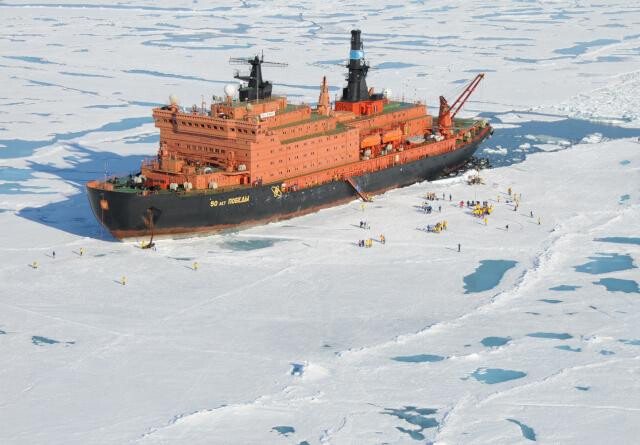https://finance.yahoo.com/news/texas-monitor-says-grid-rules-174538979.html
The data provides rare information on what happens to a spaceship that’s left to bake in the sun, which can be incorporated when designing new tech, per the CalTech press release.
I guess the lesson here is to not leave the lander in full sun on the moon? Maybe next time look to park in the shade… ![]()
Thats an idea. I been trying to figure out why there is so much effort and $$$ to return humans to the moon. Look for water, plant flags, geological study, and bragging rights. How about install shade that can create a somewhat temperate zone. I know the moon has a light and dark side. Perhaps land in the twilight zone on the border between light and dark what might be in this zone?
There’s no light and dark side of the Moon. There’s a near side (always visible from the Earth) and far side (pointing away from the Earth), but both experience a month-long day with 14 days of sunlight and 14 days of night. The Dark Side of the Moon is a Pink Floyd album, not an astronomical phenomenon.
There are permanently dark crater floors near the north and south poles of the Moon and mountain peaks nearby that get almost constant (90% or so) sunlight, but those are very small areas compared to the surface of the Moon. They’re interesting because the permanently dark areas may have water ice and other volatiles condensed from the solar wind and comet impacts and the almost constantly lit areas provide solar power without the two week night.
This is why i like this site. I learn something every time. Thsnks John.
Must be the snow loading:
My guess is that this will qualify for membership in the Hall of Innumeracy for not even remotely economically efficiently producing fuel. Sort of like the nutjobs touting used cooking oil for jet fuel.
“History never repeats itself, but it does often rhyme.”:
Yeah John between you and Pink Floyd I gotta go with Pink. Dark side of the moon it is.
But it does feel like being dragged through a sewer.
And, if accurate, what happens when these ‘individuals’ are released at ends of sentence?

Click image for an 𝕏 thread of other dismaying statistics from The Network State author Balaji Srinivasan. (You’ll only see the thread if you are logged into 𝕏.)
The Wall Street Journal reports, here via MSN without a paywall, “To Build Ships That Break Ice, the U.S. Must Relearn to Cut Steel”.
PASCAGOULA, Miss.—A $13.3 billion program to safeguard American interests in the Arctic has run aground on an old industrial challenge: cutting and shaping thick, hardened steel.
U.S. officials are racing to procure new polar icebreakers because one of only two that the Coast Guard now sails has reached the end of its life, and the one assigned to the Arctic is out of service for maintenance every winter. Delivery of the first new icebreaker has slipped to 2028 from 2024 as designers, engineers and welders grapple with something the U.S. hasn’t done in decades: reliably shape hardened steel that is more than an inch thick into a curved, reinforced ship’s hull.
The Coast Guard hasn’t launched a new heavy icebreaker since 1976. Out of practice, U.S. shipbuilders have had to relearn how to design and build the specialized vessel, say officials in the industry and the government.
⋮
The science-focused Healy medium icebreaker, which is normally assigned to the Arctic, has to undergo repairs and refitting annually in California or Washington. The other, the heavy icebreaker Polar Star, is nearing the end of its useful service life.
By comparison, Russia has three dozen national icebreakers suitable for the Arctic, according to the U.S. Coast Guard, and China has four, including two icebreaking research ships that regularly appear at high latitudes. U.S. officials suspect those have strategic purposes. Beijing says science is driving its Arctic ambitions.
Russia and China have also been increasing cooperation in the Bering Sea and the Arctic. One Coast Guard cutter intercepted a joint Russian-Chinese squadron of warships last year in the exclusive economic zone near Alaska’s Aleutian Islands. Last month, a larger Russian-Chinese group was tracked by U.S. warships and surveillance craft.
⋮
Besides a powerful propulsion system, the key feature of a heavy polar icebreaker is its thick hull, which needs extra strength, framing to reinforce its shape and smooth curves for maneuverability in sea ice, Coast Guard officers say.
The machinery and skills to build the hulls of most oceangoing vessels aren’t sufficient for the specialized icebreakers. The hull plates need a bespoke alloy and specialized heat-treatment, with a process to form and weld massive curved plates.
“Higher-strength steels require very skilled people,” said Jeff Moskaluk, senior vice president at SSAB Americas, a supplier of steel to the icebreaker program. “It’s not like you just treat it the same as any other piece of steel. It takes a beating—that’s exactly what the steel is designed for.”
In addition to the technical challenge, American yards are reckoning with a shortage of shipwrights. Employment in ship and boat building totaled just 154,800 in July after peaking at 1.3 million during World War II, according to data from the Federal Reserve.
“One of the challenges is the workforce—getting qualified welders,” said Bob Merchent, retired former chief executive of VT Halter Marine, since acquired by Bollinger Shipyards.
You mean there is still polar ice!? I thought…. But “the science?”




